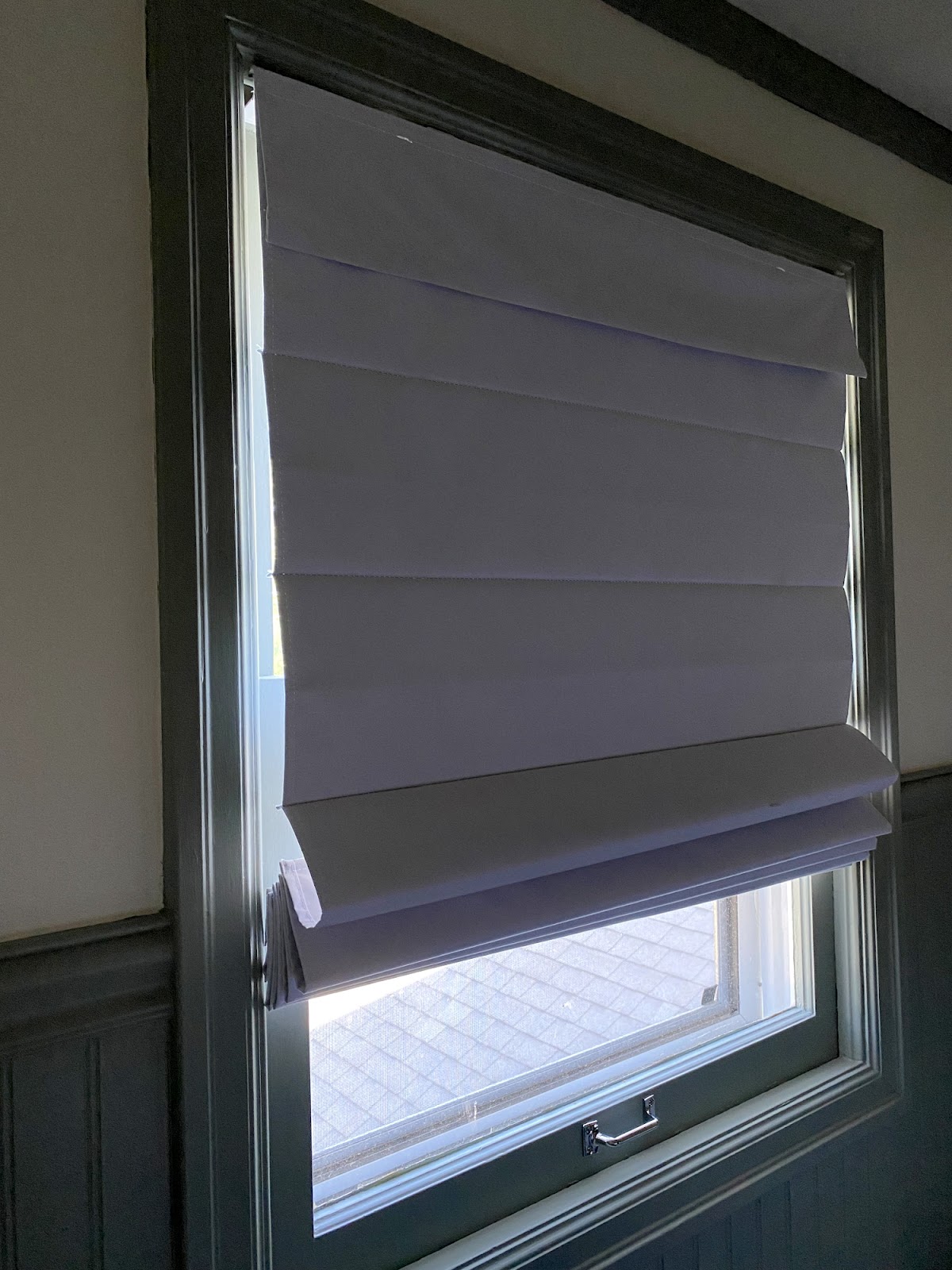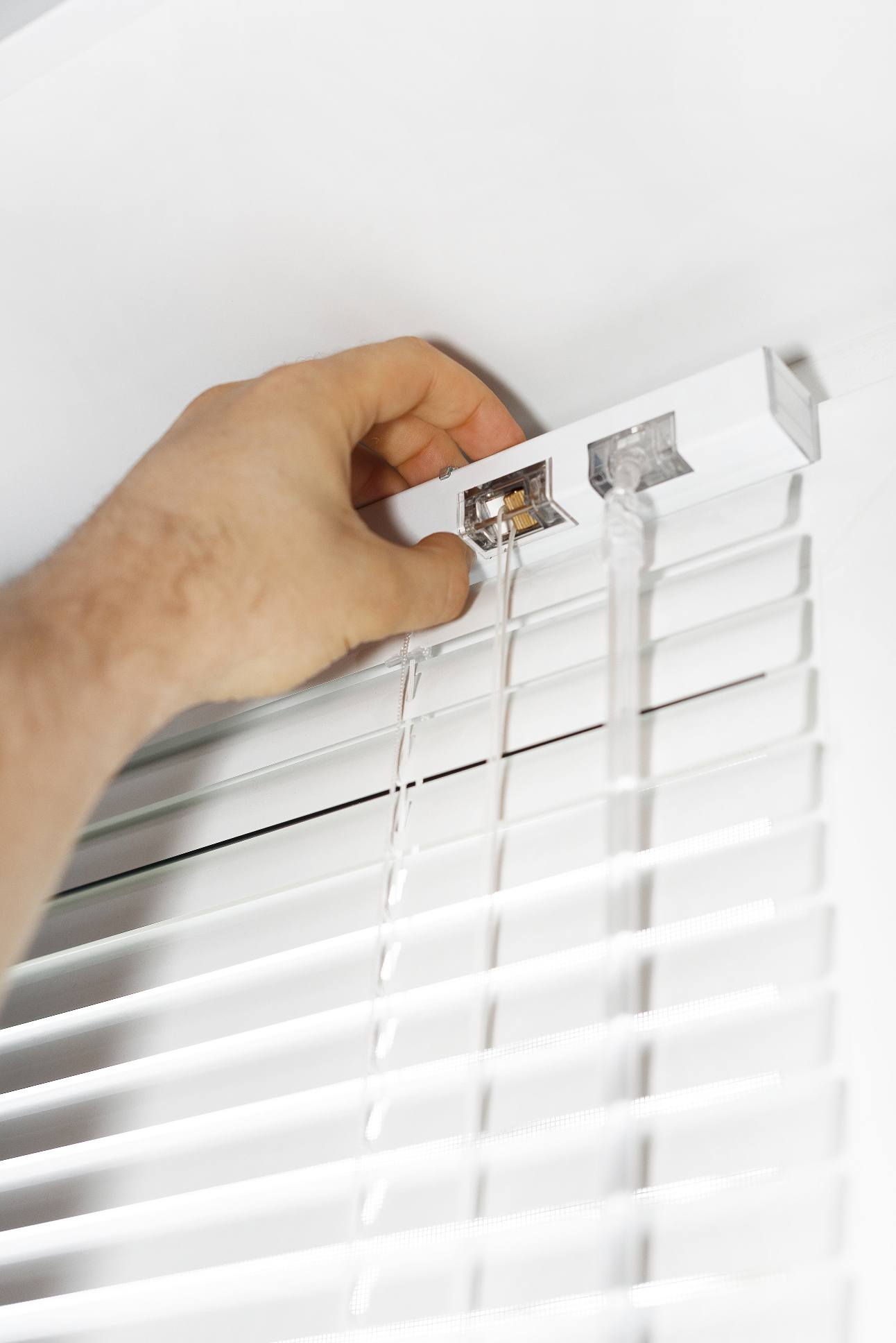Introduction
Shortening blinds is a straightforward DIY task that can save you money and ensure a perfect fit for your windows. Whether your blinds are too long, you’ve moved them to a shorter window, or you simply want a neater appearance, the process involves precise measurement, careful cutting, and reassembling the blinds to their new length. Here’s a detailed guide on how to shorten different types of blinds, including venetian blinds, roller blinds, and vertical blinds.

Tools and Materials You’ll Need
Before starting, gather the following tools and materials:
- Measuring tape
- Pencil or marker
- Hacksaw or a Dremel tool with a cutting wheel (for metal or plastic blinds)
- Scissors or a sharp blade (for fabric blinds)
- Stepladder
- Safety goggles
- Work gloves
- Tape measure
- Screwdriver
- New bottom rail or valance (optional)
Step-by-Step Guide
Measure and Mark
- Measure: Using a measuring tape, determine the desired length of the blind from the top of the blind to where you want it to end when fully extended. Account for any hardware or mounting brackets that might affect the length.
- Mark: With a pencil or marker, make a clear line across the slats or the blind material at the measured point. For roller or vertical blinds, mark the spot on the blind’s tube or track.
Disassemble the Blinds
- Depending on the type of blind, you may need to remove the bottom rail or valance, as well as any slats or vanes below the cutting line.
- For venetian blinds, detach the ladder strings from the bottom slat and remove it.
- On roller blinds, release the blind from its roller mechanism, if possible.
- Vertical blinds might require taking apart the chain or clip system that holds the slats together.
Cutting the Blinds
- Safety First: Put on safety goggles and work gloves.
- Cutting Metal or Plastic: Use a hacksaw or a Dremel tool with a cutting wheel to carefully cut through the blinds along the marked line. Ensure a straight cut to maintain the blind’s functionality.
- Cutting Fabric: For fabric blinds, use sharp scissors or a utility knife to trim the excess material, leaving a little extra to fold over and hem if necessary.
Reassemble and Adjust
- Reattach Slats or Vanes: If you removed slats, reattach them to the ladder strings, ensuring they are evenly spaced.
- Reinstall Bottom Rail: If the bottom rail was removed, attach it back to the shortened blind. If the cut end looks unfinished, you may need to purchase a new bottom rail that matches the blind’s color and style.
- Adjust Cords or Chains: For venetian and vertical blinds, adjust the lift cords or tilt chains to ensure they operate smoothly after the modification.
- Test: Before hanging the blinds back up, test their operation on a flat surface to make sure everything functions correctly.
Hang and Enjoy
- Once you’re satisfied with the adjustments, reinstall the blinds onto the window frame, making sure they hang evenly and operate smoothly.
Additional Tips
- Always measure twice and cut once to avoid mistakes.
- For a cleaner finish on fabric blinds, consider sewing a hem rather than just cutting the fabric.
- If you’re unsure about your cutting skills, consider using a cutting guide or asking a friend for assistance.
- Keep in mind that altering motorized or smart blinds might void their warranty or require specialized tools and knowledge.
- Save any parts you remove during disassembly in case you need to reinstall them or for future repairs.
By following these steps, you can successfully shorten your blinds and achieve a customized, professional-looking finish that perfectly complements your windows and interior decor.

Maintenance and Durability
Curtains: Maintaining curtains typically involves regular washing or dry cleaning, depending on the fabric type and care instructions. Fabrics like silk or velvet may require more delicate handling compared to cotton or polyester blends. Vacuuming with a soft brush attachment can help remove dust between washings. Over time, curtains may fade in direct sunlight, especially if they are not lined or protected. However, proper care can extend their lifespan significantly.
Blinds: Blinds are generally easier to clean and maintain compared to curtains. Regular dusting with a feather duster, microfiber cloth, or vacuum with a brush attachment is usually sufficient to keep blinds clean. For more thorough cleaning, wipe blinds with a damp cloth or use mild soap and water for tougher stains. Some blinds are also designed to resist fading and warping from sun exposure, making them a durable choice for long-term use.
Winner – Maintenance and Durability: Blinds have the edge in terms of ease of maintenance and durability. They require less frequent cleaning and are less prone to damage from sunlight compared to curtains, which may require more care and attention to maintain their appearance over time.

Cost Considerations
Curtains: The cost of curtains can vary widely depending on the fabric, size, and design. Custom-made curtains or those made from luxury fabrics can be quite expensive. However, there are also more affordable options available, such as ready-made curtains from home décor stores or online retailers.
Blinds: Blinds also come in a range of prices depending on the material, size, and features. Basic vinyl or aluminum blinds are typically more budget-friendly, while wood or faux wood blinds tend to be more expensive. Motorized blinds with remote control capabilities are at the higher end of the price spectrum.
Winner – Cost Considerations: In general, basic blinds may be more cost-effective than curtains, especially if you are considering options like vinyl or aluminum. However, high-end blinds and custom-made options can be quite pricey, similar to luxury curtain choices.
Environmental Considerations
Curtains: Curtains made from natural fibers like cotton or linen are more environmentally friendly choices. They are biodegradable and have a lower carbon footprint compared to synthetic materials. Choosing curtains with thermal lining can also contribute to energy savings by reducing heating and cooling costs.
Blinds: Blinds made from sustainable materials like bamboo or recycled aluminum offer eco-friendly alternatives. Some blinds are designed for energy efficiency, helping to reduce the carbon footprint of a building by improving insulation and reducing reliance on artificial lighting.
Winner – Environmental Considerations: Both curtains and blinds have eco-friendly options available, depending on the materials used. Curtains made from natural fibers and blinds made from sustainable materials offer environmentally responsible choices for window treatments.

Conclusion
The decision between curtains and blinds ultimately depends on your preferences in terms of style, functionality, maintenance, cost, and environmental considerations. Curtains provide a classic and elegant look with options for customization, while blinds offer practical benefits like light control, privacy, and ease of maintenance. By evaluating these factors based on your specific needs and priorities, you can choose the window treatment that best enhances your home’s décor and meets your lifestyle requirements.
